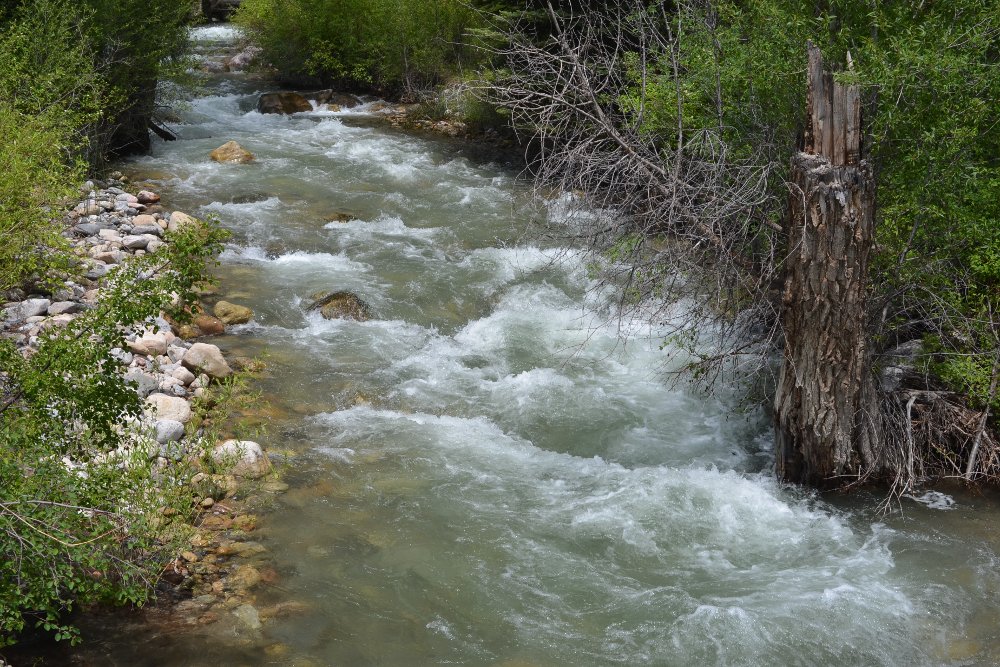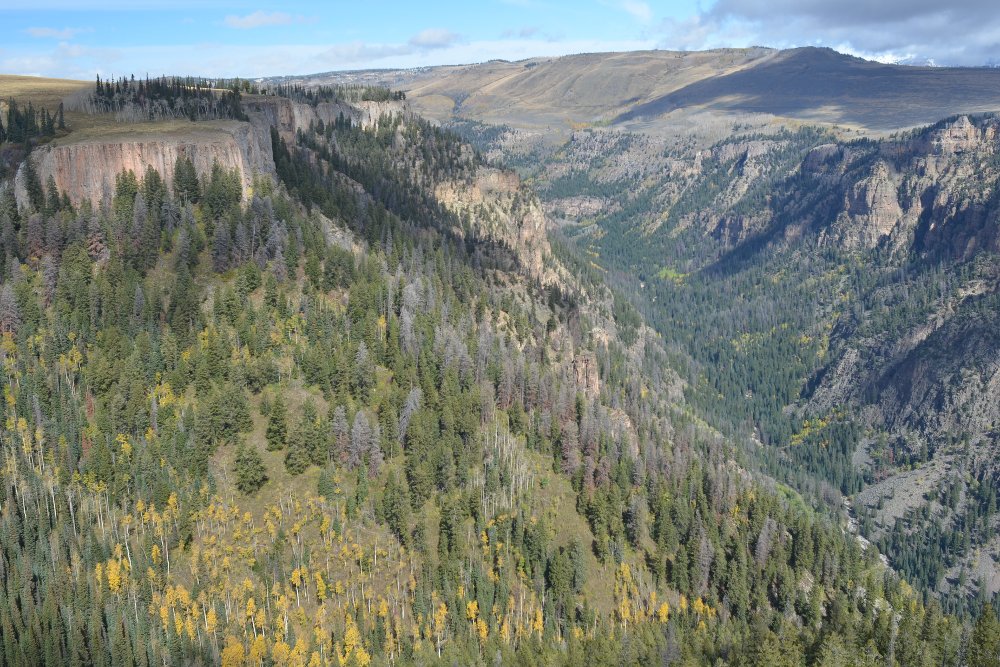Stream Management
Home >> Water Planning >> Stream Management
Integrated Water Management Planning
The Colorado Basin Roundtable commissioned the development of an Integrated Water Management Planning Framework in order to facilitate planning to provide water for environmental needs in conjunction with the needs of agricultural, domestic and industrial water users. The Hutchins Water Center at Colorado Mesa University coordinated the project, and most of the technical work was conducted by Lotic Hydrological.
The Colorado Basin Roundtable chose the term “Integrated Water Management Planning” to describe its approach to what has been called “Stream Management Planning” in earlier efforts and elsewhere in the state. The Basin Roundtable felt that “Integrated Water Management Planning” indicated a more holistic, inclusive approach. Both “Stream Management Planning” and “Integrated Water Management Planning” can identify projects that benefit both stream health and water users.

More details on Stream Management Planning are provided below, and a comprehensive library of resources of Stream Management Plans in Colorado can be found in this Stream Management Plan Resource Library.
Stream management plans can play an important role in identifying both the needs of environmental attributes, and the projects and methods that will benefit those attributes. For example, the Grand County Stream Management Plan examined approximately 30 stream reaches in the Upper Colorado River Basin to “provide a framework for maintaining a healthy stream system in Grand County, Colorado, through the protection and enhancement of aquatic habitat while at the same time protecting local water uses, and retaining flexibility for future water operations” or each stream reach, the plan includes a reach description, study methodology and results, recommendations for environmental target flows, review of existing temperature and water quality data, monitoring guidelines, unique features and issues, and supporting data. Action items the plan identified include restoration opportunities and monitoring recommendations by stream reach, and the “Learning by Doing” process (similar to adaptive management). Learning by Doing includes monitoring, evaluation, and adjustment of restoration opportunities—including flow enhancements—for the purpose of meeting pre-established goals.
Well-developed stream management plans should be grounded in the complex interplay of biology, hydrology, channel morphology, and alternative water use and management strategies. They should also consider the flow and other structural or management conditions needed to support both recreational uses and ecosystem function. A stream management plan should: (1) Involve stakeholders to ensure their acceptance of the plan; (2) assess existing biological, hydrological, and geomorphological conditions at a reach scale; (3) identify flows and other physical conditions needed to support environmental and recreational water uses; (4) incorporate environmental and recreational values and goals identified both locally and in a basin roundtable’s BIP; and (5) identify and prioritize alternative management actions to achieve measurable progress toward maintaining or improving flow regimes and other physical conditions. For basin roundtables, local stakeholder groups, and decision makers, such plans can provide a framework for decision making and project implementation related to environmental and recreational water needs.a
The necessary steps for the development of a stream management plan include: (1) Gathering stakeholders to participate in plan development; (2) identifying the plan’s objectives; (3) identifying and prioritizing ecological and recreational values; (4) establishing goals for flows and other physical conditions in order to protect or enhance environmental and recreational attributes on streams and rivers within a given watershed; (5) collecting and synthesizing existing data describing flows for river ecosystems, boating, or other needs in the watershed; (6) assessing existing physical conditions of stream reaches, including geomorphological and riparian conditions; (7) selecting quantitative measures that can be used to assess progress made toward articulated goals; (8) determining what new information is needed and the best methods for obtaining that information; (9) quantifying specific numeric flow recommendations (or ranges of flow) and physical conditions and assessing the potential for channel reconfiguration to support environmental and recreational values; (10) identifying temporal, geographical, legal, or administrative constraints and opportunities that may limit or assist in the basin’s ability to meet environmental and recreational goals; and (11) implementing a stakeholder-driven process to identify and prioritize environmental and recreational projects and methods. Stream management plans should provide data-driven recommendations that have a high probability of protecting or enhancing environmental and recreational values on streams and rivers.
The recommendation for a collaborative approach to watershed planning is one that includes stakeholder involvement and management actions supported by sound science—and it applies equally to stream management plans. An inclusive stakeholder approach expedites cooperative and integrated project planning, which leads to successful implementation of measures that will meet the needs the stream management plan identified.
Additionally, while stakeholders can develop stream management plans independently of watershed master plans, a stronger stream management plan will result if the basin conducts it as part of, or in conjunction with, watershed master plans. Numerous watershed master plans incorporate important components of stream management plans. Future stream management plans should build off of existing watershed plans and other available studies.
Benefits, Development & Implementation
Watersheds connect terrestrial, freshwater, and coastal ecosystems. They also provide ecosystem services, such as carbon sequestration, water supply, filtration, and purification. Colorado watersheds support multi-objective uses for both consumptive and nonconsumptive water supply. Approximately 80 percent of Colorado’s population relies on forested watersheds to deliver municipal water supplies. Watershed health management strategies that protect this domestic supply will also protect other uses in the watershed.
Colorado’s mountain watersheds have a strong influence on the quality and quantity of water. Watershed geography includes physical aspects, such as climate and geology, and ecological aspects, such as stream biology; but it also examines the relationships between humans, land and water. Healthy watersheds provide ecosystem services that benefit ecological processes, local and state economies, and social stability. Ecosystem services include flow regulation, flood attenuation, water purification, erosion control, dilution and flushing of contaminants, and habitat protection.

The following organizations engage in developing and implementing watershed plans in the Colorado Basin:
The Colorado Basin identifies 14 collaborative watershed groups that are actively engaged in improving watershed health. Primary watershed health concerns in the basin include wildfire risk and the evolving forest landscape; both have the potential to impair water supply. The basin supports watershed wildfire assessments, and there are currently 18 Community Wildfire Protection Plans within the basin.

